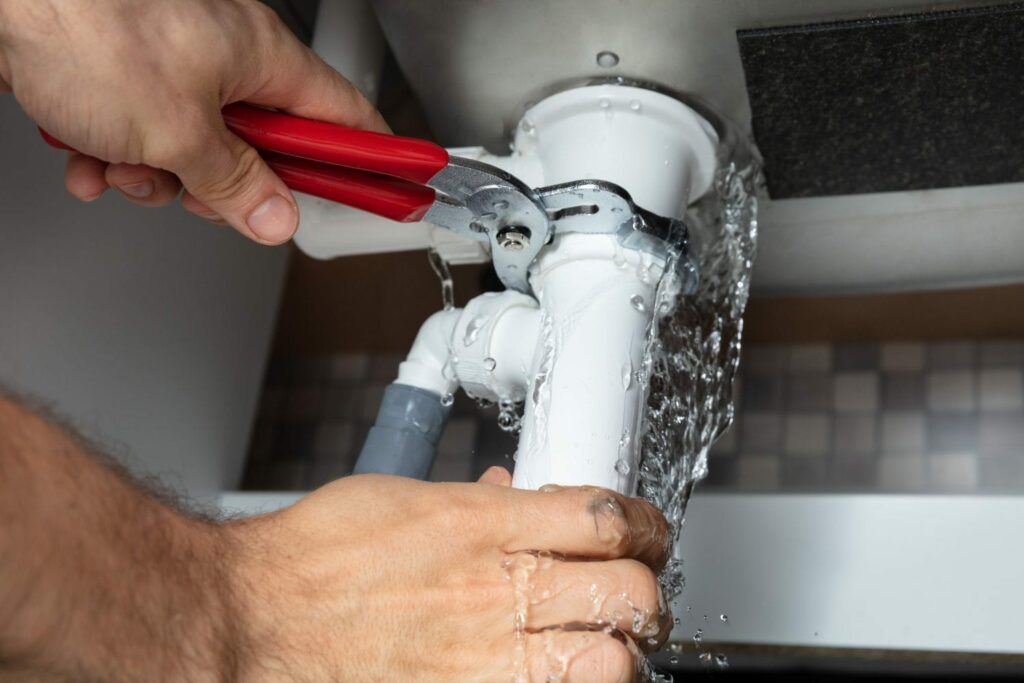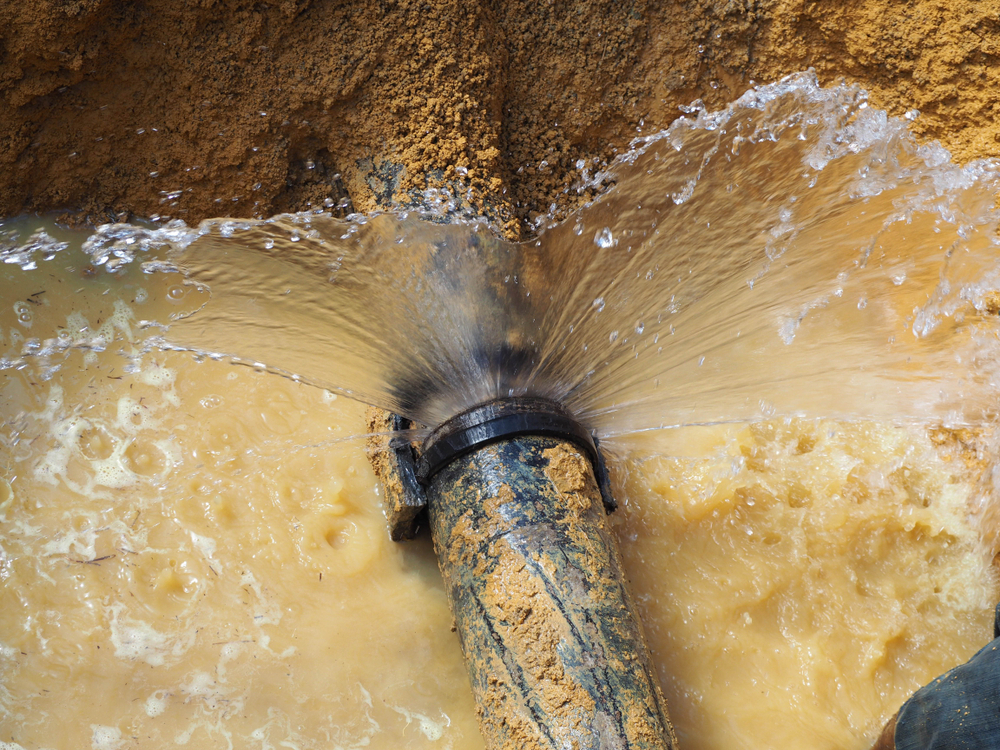Quick-Response Plumbing: Tips for Identifying and also Repairing Burst Pipes
Quick-Response Plumbing: Tips for Identifying and also Repairing Burst Pipes
Blog Article
The content which follows pertaining to How to install a dishwasher safely is seriously enjoyable. Give it a go and make your own personal results.

A ruptured pipe is a major emergency; you can just stand as you watch water you pay dearly to rejoin with the planet. In even worse instances, you see a swimming pool on your kitchen area floor, which is a terrific trip risk, especially if you have youngsters around. If the pipeline that ruptured remained in your wall surfaces, bad news: you may require to paint that whole area.
Exactly how can a disaster like a burst pipe be protected against and also taken care of? Well, by paying attention to your expert emergency plumbers and adhering to these regulations.
Exactly how do I understand when my pipes have burst?
Rising and fall water pressures
Pipes do not just burst in a day. You might have observed that your kitchen area tap or shower does not run quickly when you turn the faucet. It might stop briefly for a few seconds and afterwards blast you with even more force than usual.
In various other circumstances, the water might seem normal in the beginning, then decrease in pressure after a couple of seconds.
Damp wall surfaces and water discolorations
Before a pipeline bursts, it will certainly leak, the majority of times. If this consistent dripping goes unnoticed, the leakage may finish into a large gash in your pipe. One very easy way to prevent this emergency is to look out for damp walls advertisement water stains. These water discolorations will lead you right to the leak.
Puddles under pipelines as well as sinks
When a pipeline bursts, the discharge forms a pool. It might appear that the pool is growing in dimension, and regardless of how many times you mop the pool, in a few minutes, there's an additional one waiting to be cleaned. Commonly, you might not be able to map the pool to any visible pipelines. This is a sign to call an expert plumber.
Untraceable trickling noises
Pipeline ruptureds can happen in one of the most undesirable locations, like within concrete, inside wall surfaces, or under sinks. When the house goes silent, you might have the ability to hear an irritatingly relentless dripping noise. Also after you have actually checked your shower head as well as cooking area faucet, the dripping may continue.
Precious visitor, the trickling may be coming from a pipeline inside your wall surfaces. There isn't much you can do about that, except inform a specialist plumber.
Shut off the Water
When water freezes, it broadens in quantity by about 9 percent. And it broadens with incredible pressure: The pressure inside pipes may go from 40 extra pounds per square inch to 40,000 psi! No pipeline can hold that much stress, so it breaks open. The break may occur where the ice types, however regularly, it takes place where water pressure finds a vulnerable point in the pipe. That might be inches or perhaps feet from the icy location. Find the water shutoff valve and turn off the water to avoid more damage. You might also need to turn off the electrical energy also, relying on where the leakages takes place and also how big it is.
Contaminated water
Many people presume a burst pipe is a one-way outlet. Rather the contrary. As water flows out of the hole or laceration in your plumbing system, pollutants discover their way in.
Your water may be polluted from the source, so if you can, inspect if your water storage tank has any type of issues. Nevertheless, if your drinking water is supplied and also detoxified by the local government, you need to call your plumber quickly if you see or scent anything funny in your water.
What do I do when I find a burst pipe?
Your water meter will continue to run also while your water wastes. To decrease your losses, locate the primary controls as well as turn the supply off. The water mains are an above-ground structure beside your property.
How to Fix & Detect a Leaking Pipe
How Do I Know if a Pipe is Leaking?
Leak detection tests can help you determine if your pipe has a leak. Even if you don’t see an apparent leak, you should still conduct leak detection tests regularly to save water and money—and prevent major damage to your home.
Water meter. It can be helpful to figure out what your usual water meter usage numbers are and then monitor them regularly. To monitor your meter, first, turn off all water faucets in your home. Check the meter and write down the numbers. In a few hours, check the meter again. If the numbers have changed, you have a leak. Water gauge. Use a water gauge to test your water pressure. Your showerhead should produce a certain amount of water pressure based on its model and design. If the pressure is lower than it is supposed to be for that specific showerhead, your home likely has a leak. Puddles. Look inside your bathroom, laundry, and kitchen sink cabinets. Puddles around the cabinets or around toilets, tubs, showers, and washing machines indicate the presence of a leaking pipe. You may also notice loose tiles, peeling or flaking paint, or mold caused by water accumulation. Napkin test. Even if you don’t see any puddles, you may still have a leak. You can test for water leaks in the bathroom, laundry, and kitchen by wiping below-sink connections with a napkin, paper towel, or piece of toilet paper. If it becomes damp, you probably have a leaking pipe under the sink. Discolored walls. Walls that are discolored—usually with brown or yellow stains—or bulging might mean that they have been impacted by water damage caused by a leaking pipe. Smell. A leaky pipe will create sitting water, and over time, that water may develop a musty smell. If your home smells musty, but you can’t locate the source, it may be due to a leak. Steps for Fixing a Leaking Pipe
A leaky drain can be remedied by tightening the pipe base, replacing the drain seal, caulking the rim, and tightening the pipe nut. Similarly, a leaking toilet pipe can be treated by tightening the packing nut. You may also need to replace the valve. A leaky faucet may just need tightening or replacement of the washers. If that doesn’t work, consider replacing your faucet. If your pipe has a hole in it, you may want to use a pipe leak sealer or pipe leak tape. This quick fix for water pipe leaks can also temporarily fix a copper pipe leak. https://www.ahs.com/home-matters/quick-tips/how-to-tell-if-pipes-are-leaking/

Do you really like more info about How to install a dishwasher safely? Put a remark down the page. We would be interested to listen to your opinions about this write up. In hopes that you visit us again in the near future. Feel free to take the opportunity to promote this page if you enjoyed it. Thanks a bunch for your time. Don't forget to stop by our site back soon.
Quote
Report this page